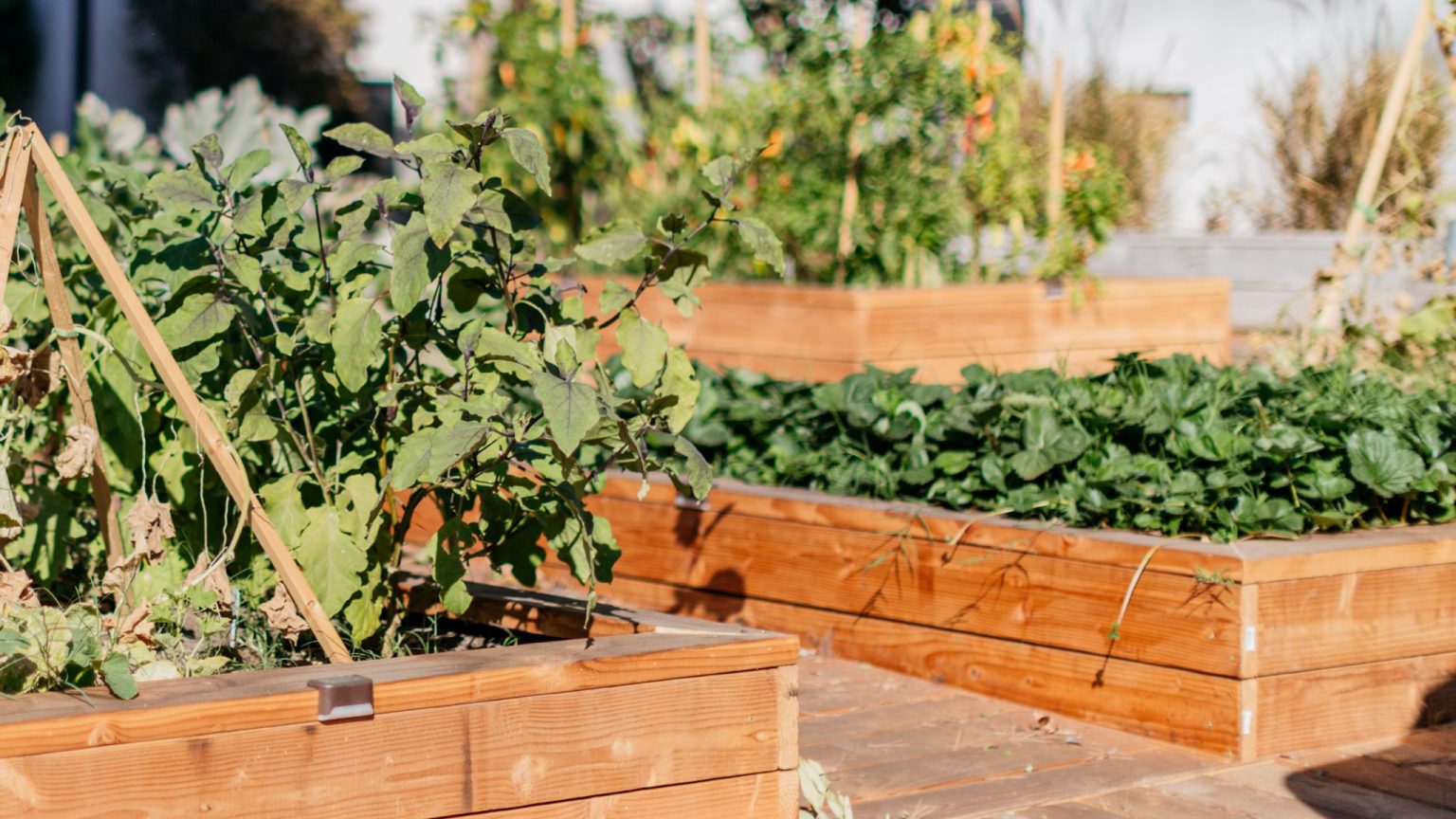Herbs, fruits, and vegetables are essential for a healthy diet. So growing your selection of these crops in your backyard is pretty nifty. Plus, you can also make sure that it is completely organic.
The need and habit of individuals to grow their food paved the way to the evolution of a planter box. Huge and raised planter boxes are now available in the market today. As you invest in one today, it is also imperative for you to know a few tips on how you can efficiently utilize this enclosure.
Choose the Perfect Location
One fascinating benefit of these raised planters is the freedom to place them anywhere on your lawn or house. Nevertheless, it would be best to prioritize the biological needs of the products you plan to plant in the box.
Most plants need eight hours of direct sunlight in a day. Thus, choosing a sunny spot would help achieve this requirement. In addition, the area must be free from possible detrimental agents such as strong winds and collapsible objects.
After keeping your planter box away from potential harm, you must also put them near a water source. After all, water is also one of the essential needs of a plant. Moreover, too much water is harmful, so you might want to avoid areas where rainwater can easily collect.
Fill It with Good Soil
Raised planter beds need to be filled with a special type of soil mix. Experts recommend putting 10% of potting soil, 30% of compost, and 60% of topsoil into your garden. Another option would be to combine one-part compost with two-parts topsoil.
Making sure that your planter only has good soil ensures the growth and production of healthy vegetation. Loosening up your soil to about 6-10 in. deep will also improve moisture and drainage in the environment. As the ground becomes loose, the organic nutrients in the dirt scatter and reach the plant roots.
Plant What You Want
You chose these planter boxes for the freedom and experience of growing your food, so plant your favorites and don’t be afraid to experiment.
In addition, almost any kind of vegetable can be grown in your little garden. The popular choices among your fellow box planters are produce that grows annually. A few examples of these are peas, eggplants, peppers, and tomatoes.
Furthermore, it would be best not to put too many kinds and counts of plants. Finally, you should remember that even if your garden bed is huge, it is still limited in size. Thus, overcrowding can be possible.
It could be tempting to plant many variations, especially when experimenting. Furthermore, controlling the urge and remembering every seed you put in will eventually grow big. It is better to have a few successful growths than none due to over competition.
Mulch After Planting
The moisture in your planter’s soil can easily dry up as raised platforms. Mulch is an organic component composed of sawdust, straw, dry leaves, and grass clippings that can help in this aspect. In addition, it protects the plants from wild weeds and too much water evaporation.
After planting your crops, you have to put a layer of this natural constituent on top of your box. Spreading 2-3 in. mulch all over the box keeps your plants from drying up due to thirst while also protecting them from other foreign bodies.

